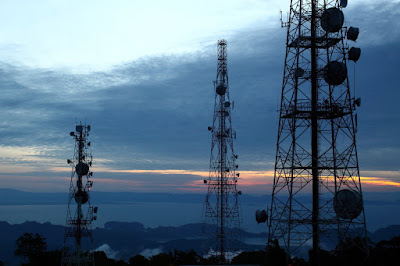Forensic data recovery
is not magic; in fact it is actually very technical. People always wonder how
the forensic experts can conjure up stuff from smartphones, tablets or hard
drives that the owners thought were gone. So, how does forensics data recovery
work?
Sometimes forensic
data recovery is as simple as trying to reconstruct the information on a
damaged hard drive, disc or memory card. At other times, it may include the
resurrection of data that was thought to be lost or deleted, the bypassing of
security systems or the study of a smartphone for traces of certain activity.
 Because specialists in
forensic data recovery may be working with computers which have been seeded
with safety measures to prevent legal investigations, they must use special
procedures to avoid compromising or erasing data.
Because specialists in
forensic data recovery may be working with computers which have been seeded
with safety measures to prevent legal investigations, they must use special
procedures to avoid compromising or erasing data.
Forensic data recovery
is not magic at all. It is highly sophisticated and in order to be admissible
in court, must be completed by professionals using complex tools and protocols.
DLA digital and cellular forensics can find the data that you need! DLA knows forensics inside
and out, so if you need a professional when it comes to any forensic data
recovery - Contact DLA now!





